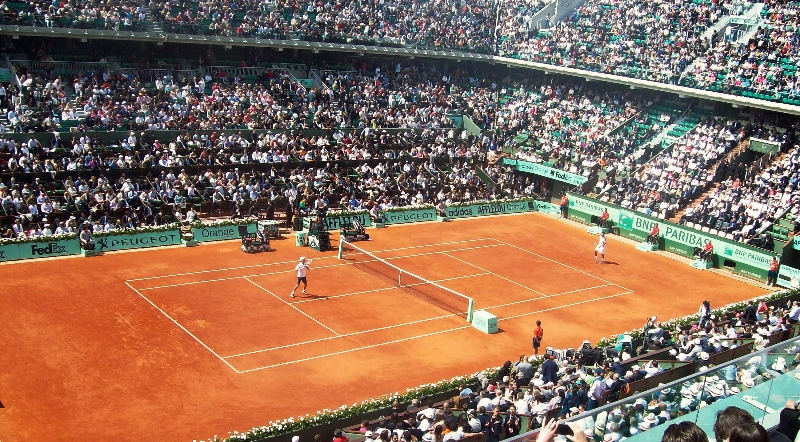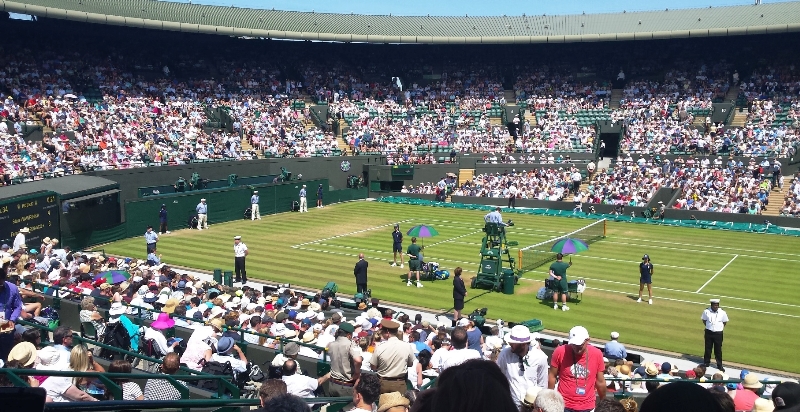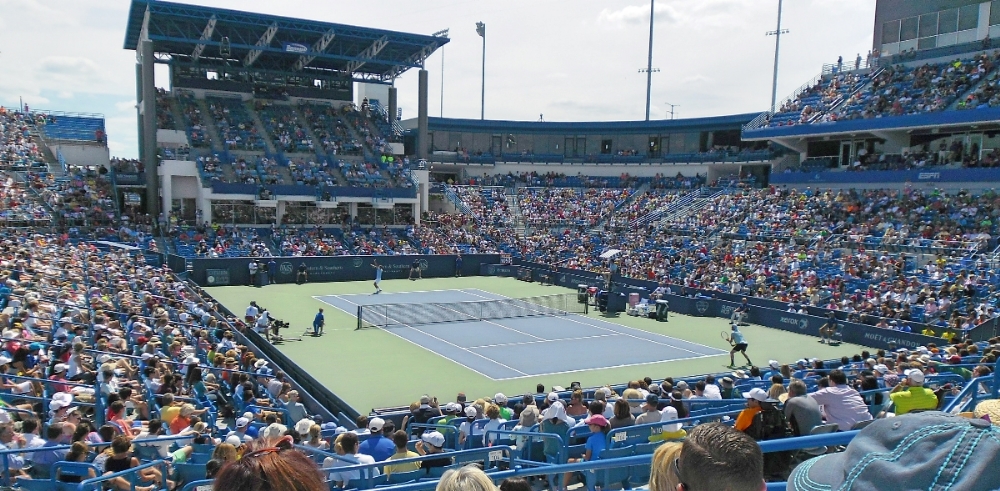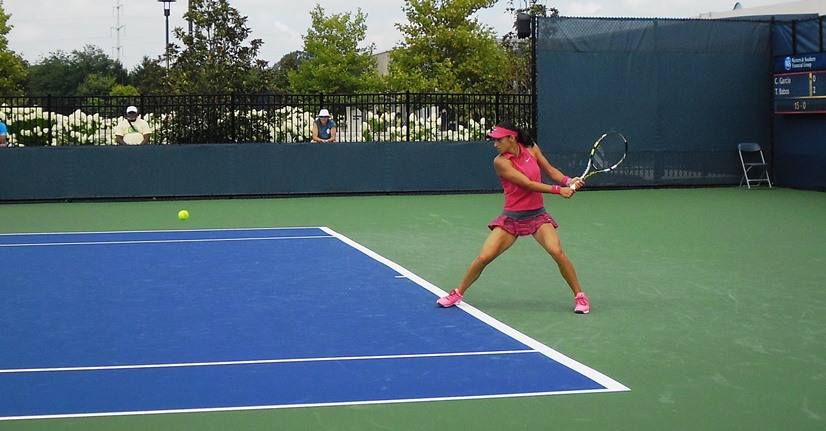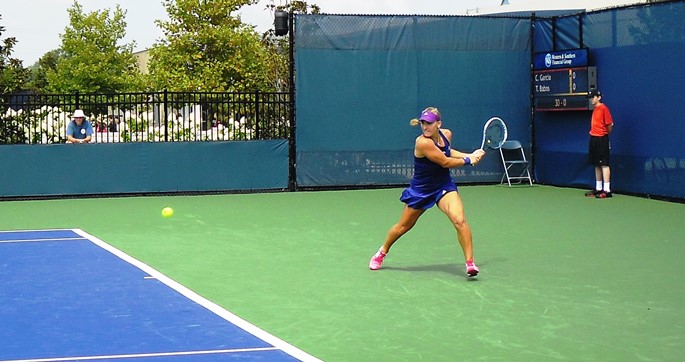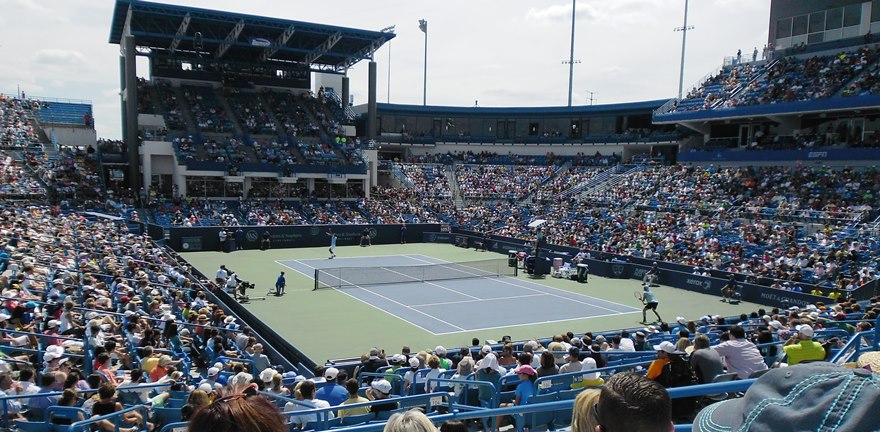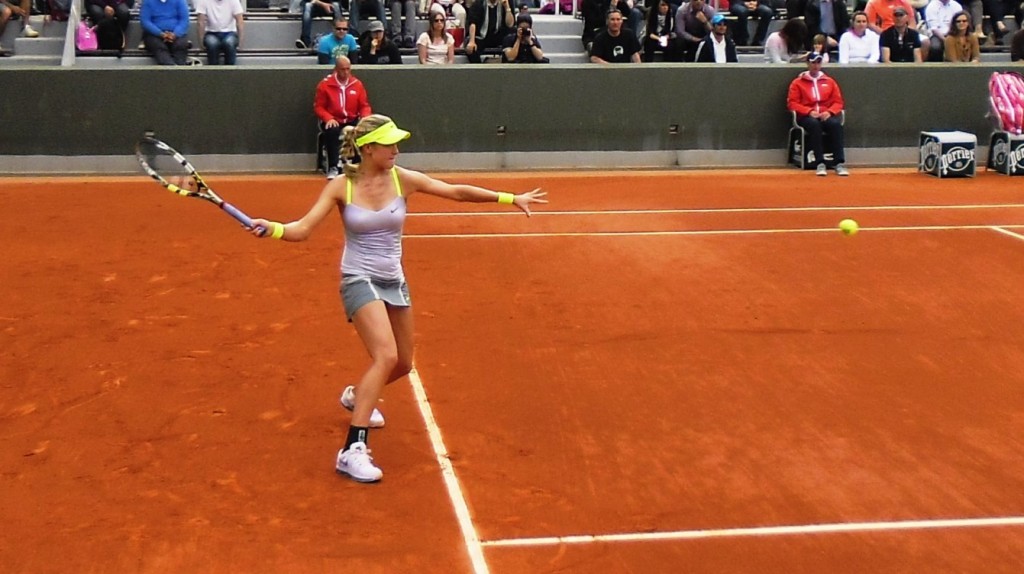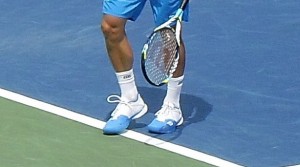The tennis season is nearing its end. WTA already played its year-ending WTA Championships in Istanbul, Turkey, with Serena Williams emerging as the champion one more time. Historically, this tournament signaled the end of individual competition for the year in Women’s Tennis. Fed Cup finals take place one week later, but it’s a team competition involving two countries and a handful of players, which means that it’s resting time for the players until January. But for the last four years, the WTA has scheduled an additional event. To top it all, it has the wackiest name that I have ever heard for a tournament: “Masters bis”. This year, it was held in Sofia, Bulgaria, and it involved those players who finished high in the rankings, but not high enough to qualify for the WTA Championships. It was merely a matter of time before the events butted heads, and it finally happened this year.
This year’s event clashed with the Fed Cup finals between Italy and Russia. The problem began when one Italian player, Roberta Vinci, and three Russian players, Maria Kirilenko, Elena Vesnina and Anastasia Pavlyuchenkova received invitation to play the “Masters bis” – I admit, I can’t get over the ‘Parisian street address’ name. Roberta Vinci chose to represent Italy in the Fed Cup finals, but all three Russians chose the tournament over Fed Cup. With Sharapova, Kuznetsova, and Makarova unavailable for various other reasons, the legendary Russian Captain Shamil Tarpischev found himself unable to field a competitive team despite having 6 Russian players in the top 30 rankings. He settled for four players outside the top 100 against the Italian team composed of its top guns, Sara Errani (#7), Roberta Vinci (#13), Flavia Pennetta (#31), and Karina Knapp (#41). To add salt to the Russians’ wounds, the tie was held in Cagliari, Italy, in front of an enthusiastic and partisan crowd.
Needless to say, the Italians won without losing a match, although the first match between Vinci and Alexandra Panova produced a dramatic encounter, lasting 3 hours and 13 minutes, with Vinci saving four match points before finally defeating Panova 5/7 7/5 8/6. The presence of the second-tier Russian team should take nothing away from the Italians performance. It was impressive how united they appeared throughout the tie, constantly cheering their teammates, moving from one side of the stadium to the other every game change so that their encouragement could be heard by their teammate on the court. Francescha Schiavone played the leader role on the sidelines without even being officially selected for the team. Errani confirmed the positive influence of her presence when she told Italy’s leading sports journal La Gazzetta dello Sport that she was glad to see that even Schiavone was part of the team. In short, the Italians showed how team spirit can still have a positive effect on tennis performance, which otherwise would seem to rest on individual skills and effort.
Next year, there will not be a repeat of this conflict, since the International Tennif Federation (ITF) – responsible of Davis Cup and Fed Cup events – agreed to move the Fed Cup finals a week later, coinciding with the week scheduled between the ATP Paris Masters and the ATP World Tour Finals (this year, they are back-to-back, but it will have a week in-between in 2014).
Lastly, the conflict also brought to the surface the larger set of problems facing Russian tennis on the one hand, and the tension between the International Tennis Federation and the WTA on the other.
Tarpischev, who is also the President of the Russian tennis Federation, has already expressed his dismay in 2012 at how the Russian authorities balk at every proposal the Federation brings to the table with regards to their tennis programs. The young talented Russian players defect to other countries – for example, Mikhaïl Kukushkin and Andrey Golubev now represent Kazakhstan – due to the promise of more money and better opportunities. There is also a communication problem between the women’s tennis players and the Federation considering, for example, that Elena Vesnina put the blame on the Tarpischev for not managing the problem in a timely fashion. It is already widely known that Maria Sharapova and the Russian Federation have had close to zero communication and that Sharapova is not likely to play for Russian anytime soon (although, this time around, it can ‘officially’ be blamed on her injury).
There is equally a ‘cold war’ brewing since 2009 between the ITF and the WTA. That is the year the extra event was scheduled by the WTA. Then, in 2012, the ITF decided that it would double the requirement of representing his/her country in Davis/Fed Cup for tennis players who wished to participate in the 2016 Olympics. While they were required to participate in two ties to be eligible for the 2012 London Olympics, now they have to play in four ties if they wish to be eligible for the 2016 Rio Olympics. Both the ITF and the WTA are standing firm behind their position, and other than the ITF’s decision to accommodate the scheduling next year, there does not seem to be much communication or compromise.
Under these circumstances, it is hard to cheer the 50th-year anniversary of Fed Cup Competition but Italians deserve high praise for their fourth Fed Cup title since 2006.
